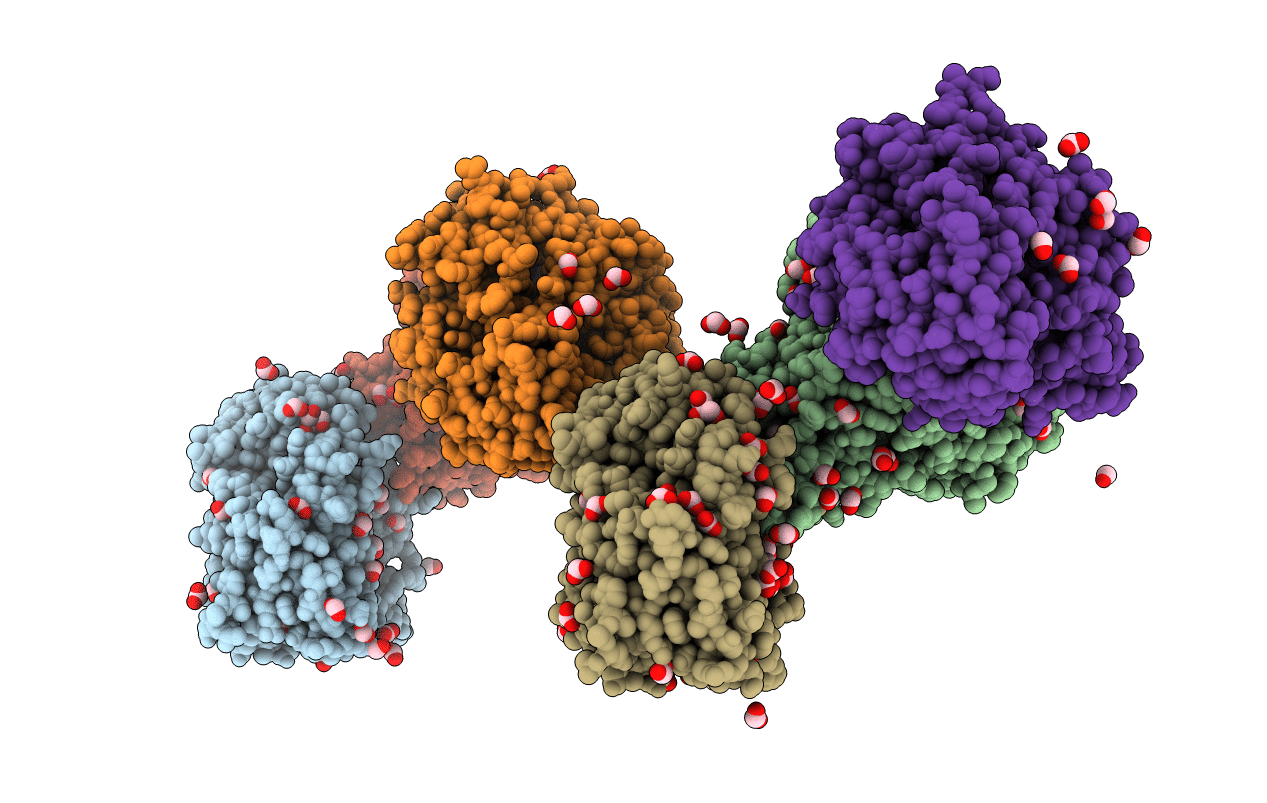
Deposition Date
2020-06-24
Release Date
2020-10-21
Last Version Date
2024-01-31
Entry Detail
Biological Source:
Source Organism:
Streptomyces antibioticus (Taxon ID: 1890)
Host Organism:
Method Details:
Experimental Method:
Resolution:
2.08 Å
R-Value Free:
0.22
R-Value Work:
0.17
R-Value Observed:
0.17
Space Group:
C 1 2 1


